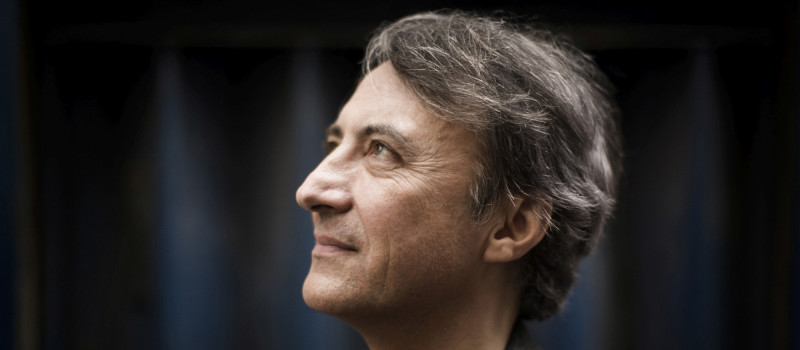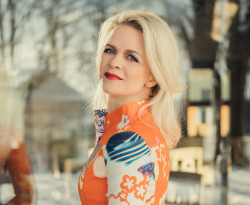
Budapest Festival Orchestra
Ravel, Saint-Saëns
Ticket prices
Add this event to your Google Calendar.
The French conductor Louis Langrée is returning to lead the Budapest Festival Orchestra with a French programme: the music director of both the New York Mostly Mozart Festival and the Cincinnati Symphony Orchestra is set to conduct an orchestral suite developed from a piano piece and a symphony that includes an organ part, as well as, between the two, one of the most significant 20th-century piano concertos. The soloist for the latter will be the conductor's countryman Jean-Efflam Bavouzet, of whom The Financial Times wrote, "He makes you listen to music as if you are discovering it Eureka!-style: yes, that's what the composer must have meant!”
Presented by: Budapest Festival Orchestra
Sections
Conductor:
-
Louis Langrée
Featuring:
-
pianoJean-Efflam Bavouzet
Parking information
We wish to inform you that in the event that Müpa Budapest's underground garage and outdoor car park are operating at full capacity, it is advisable to plan for increased waiting times when you arrive. In order to avoid this, we recommend that you depart for our events in time, so that you you can find the ideal parking spot quickly and smoothly and arrive for our performance in comfort. The Müpa Budapest underground garage gates will be operated by an automatic number plate recognition system. Parking is free of charge for visitors with tickets to any of our paid performances on that given day. The detailed parking policy of Müpa Budapest is available here.
Refreshments – Without the Queue
Thanks to our new catering service at the Átrium Snack Bar, you can forget about waiting in line during intermissions for some refreshments and get your order prepped especially for you by the time the intermission actually starts. Find out more about pre-ordering here.
Safe ticket purchase
Dear Visitors, please note that only tickets purchased from the Müpa website and official ticket offices are guaranteed to be valid. To avoid possible inconvenience, we suggest buying tickets to our performances and concerts via the mupa.hu website, the Interticket national network (jegy.hu) or at our official ticket offices.


